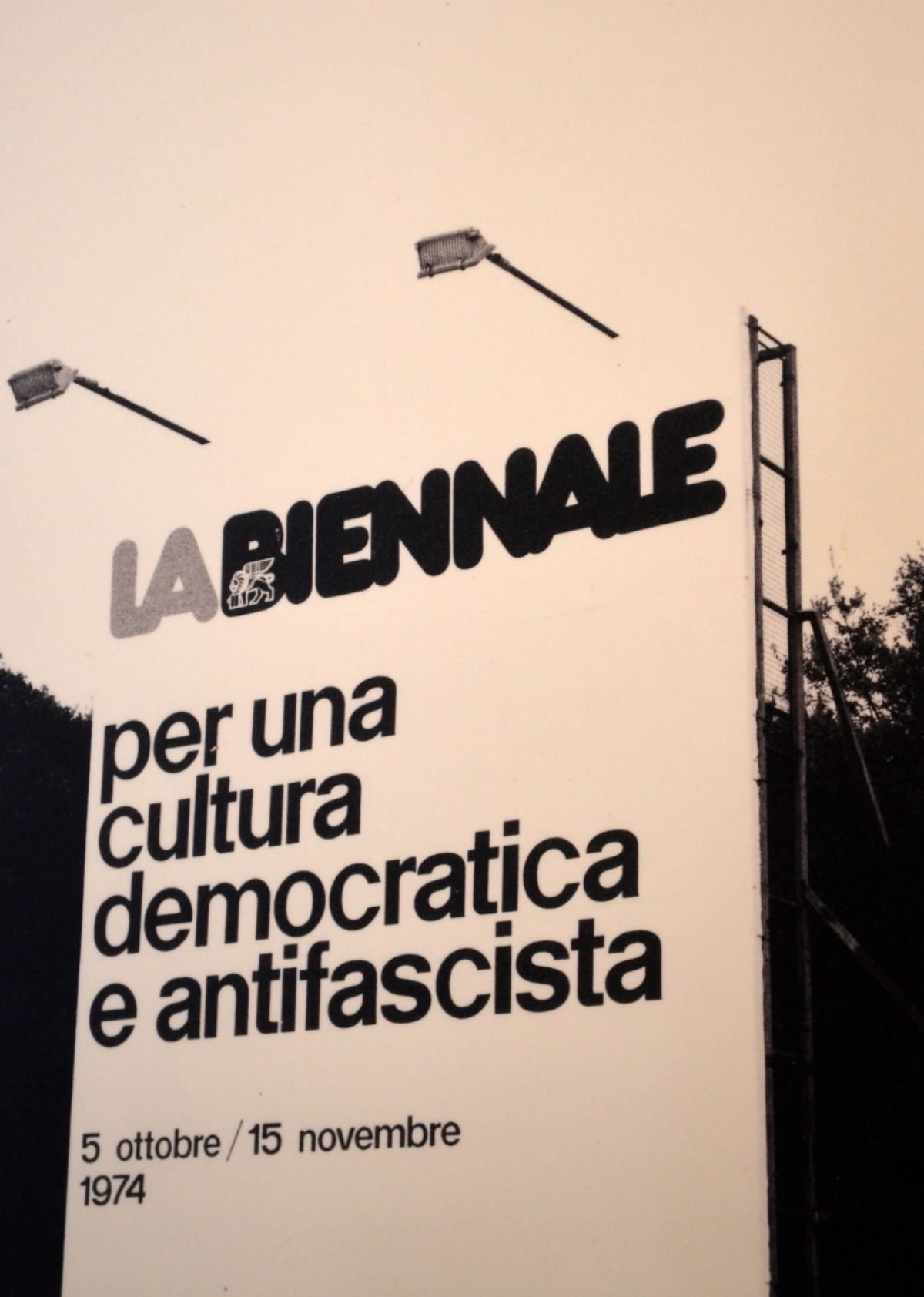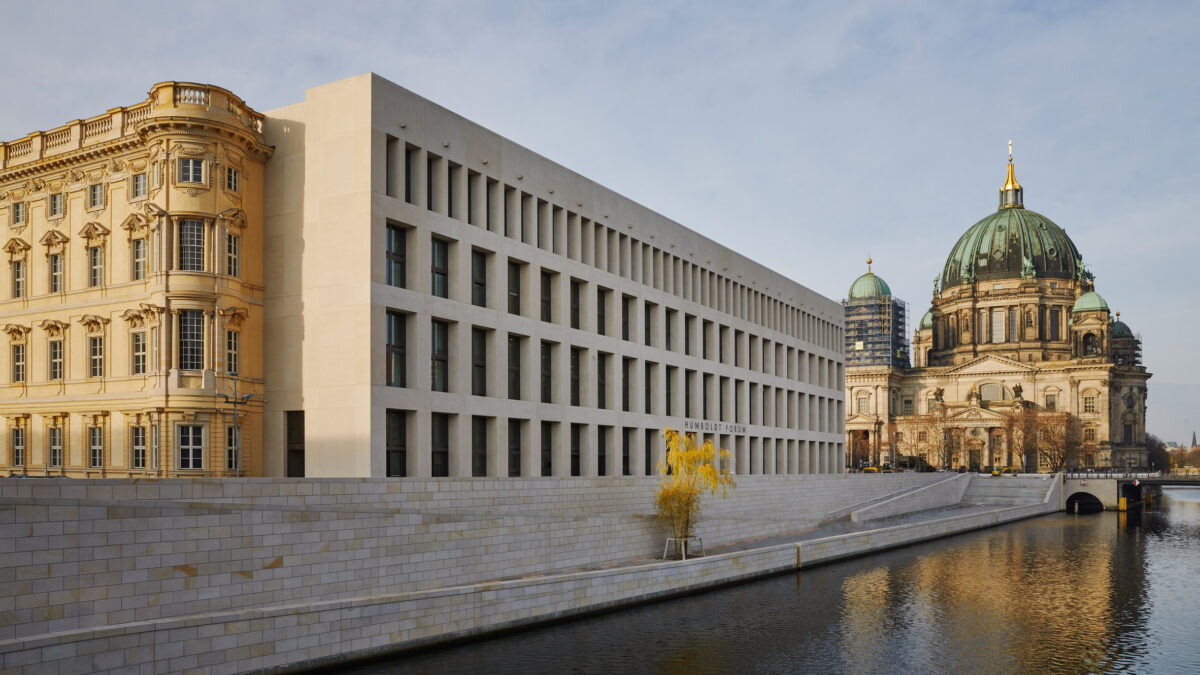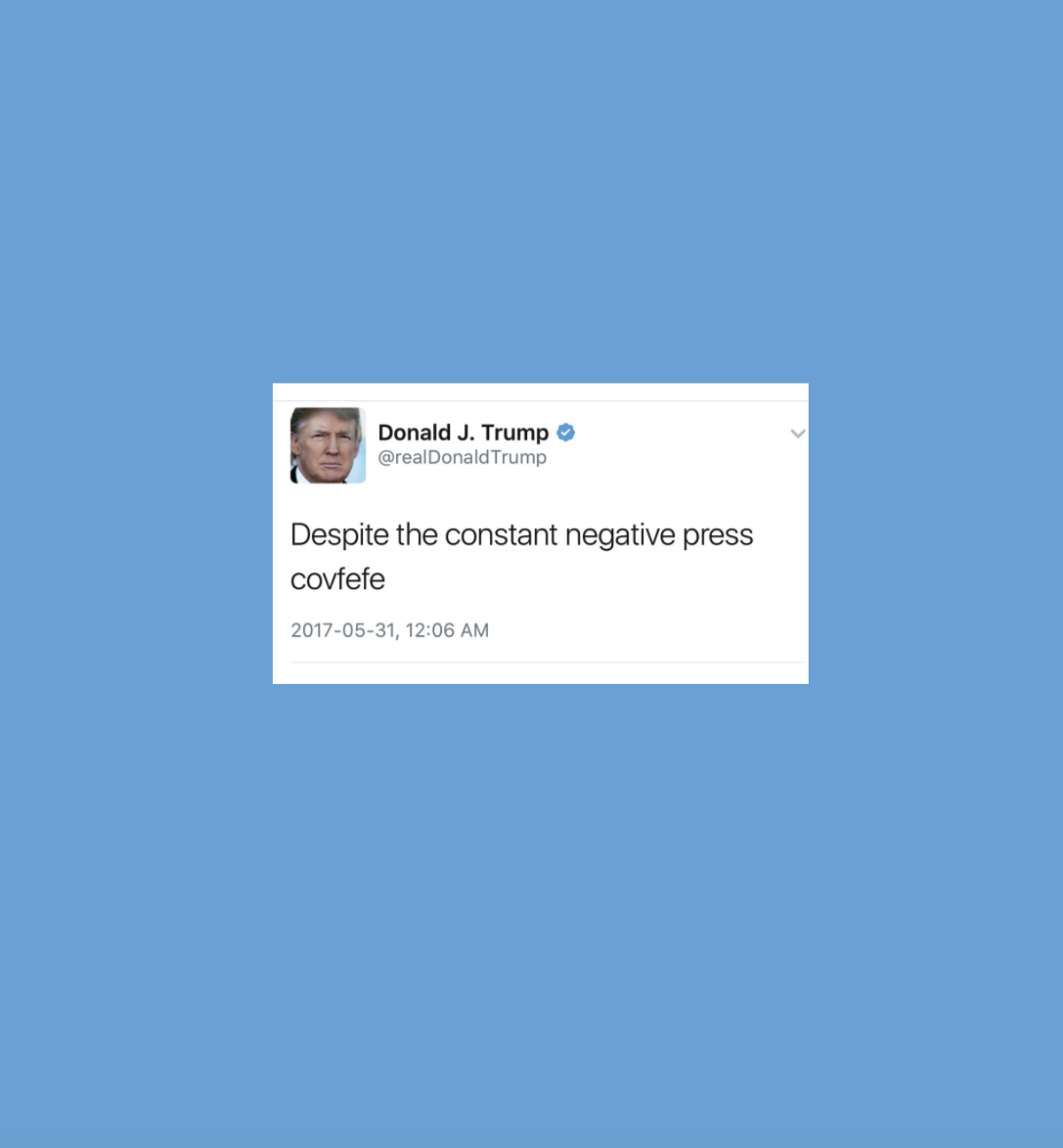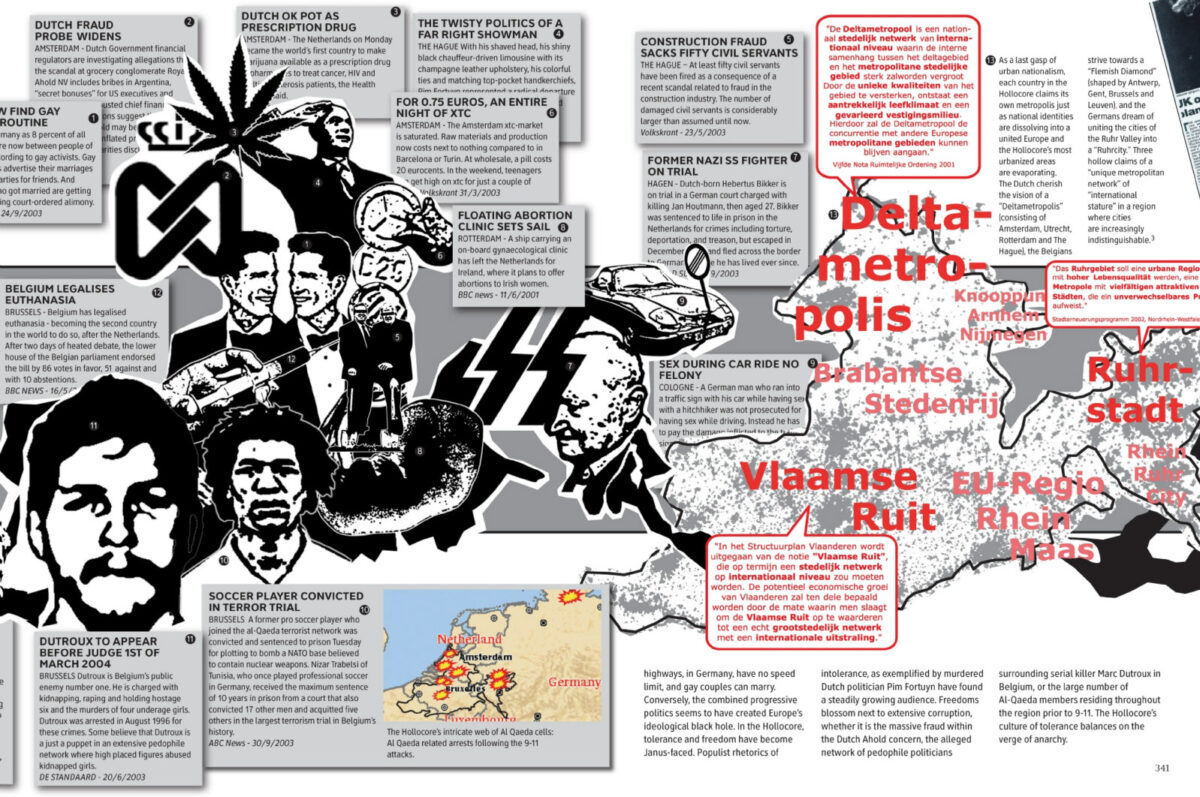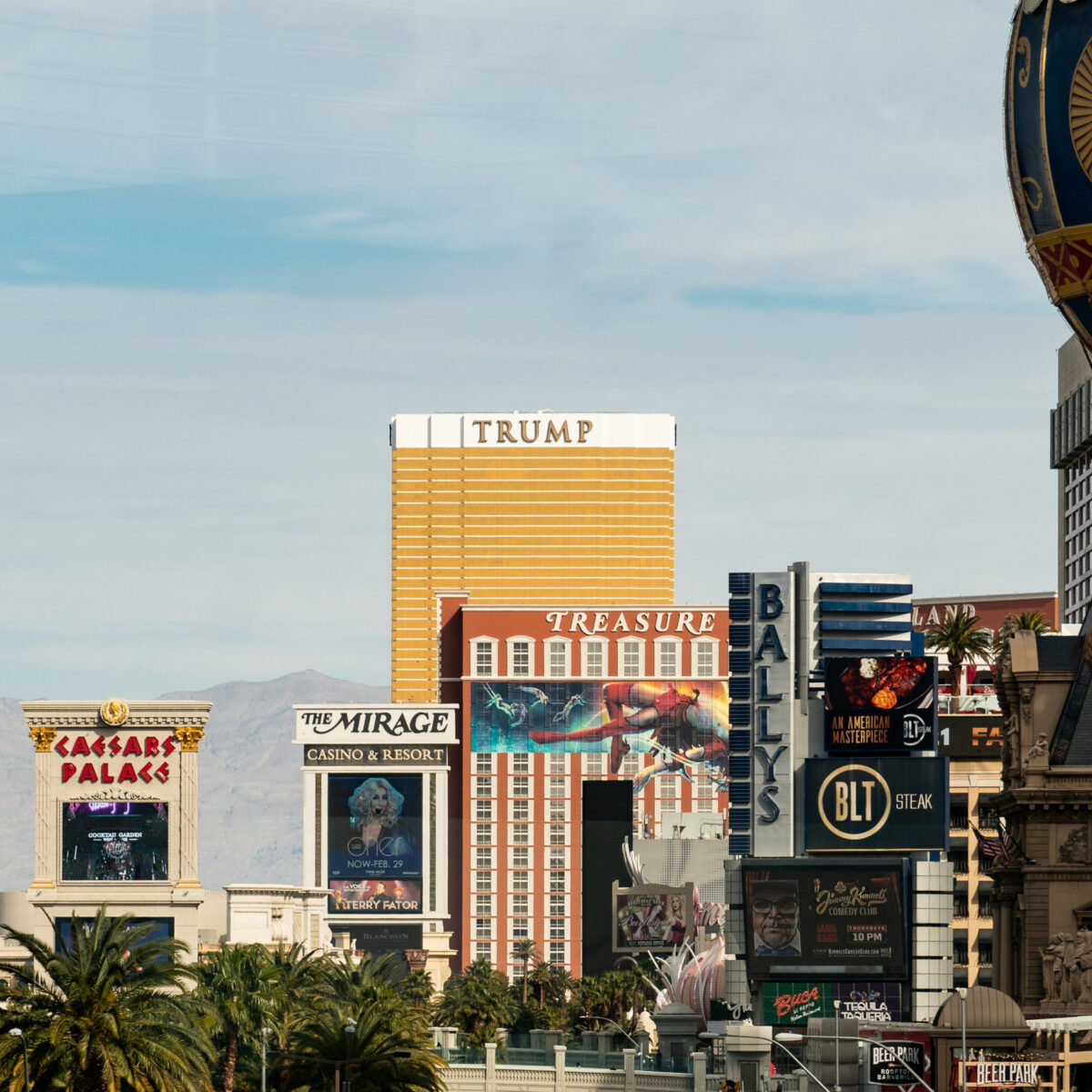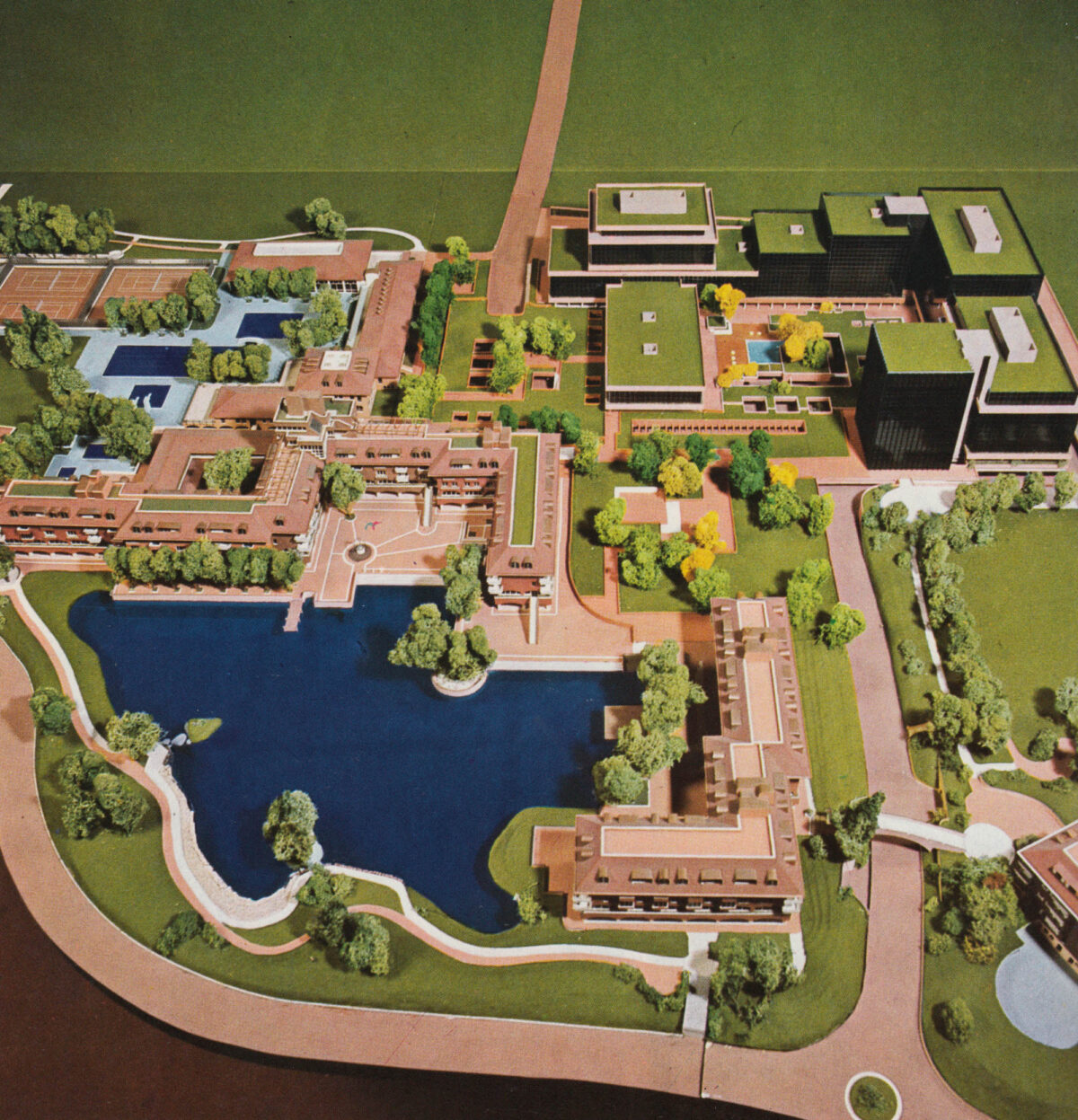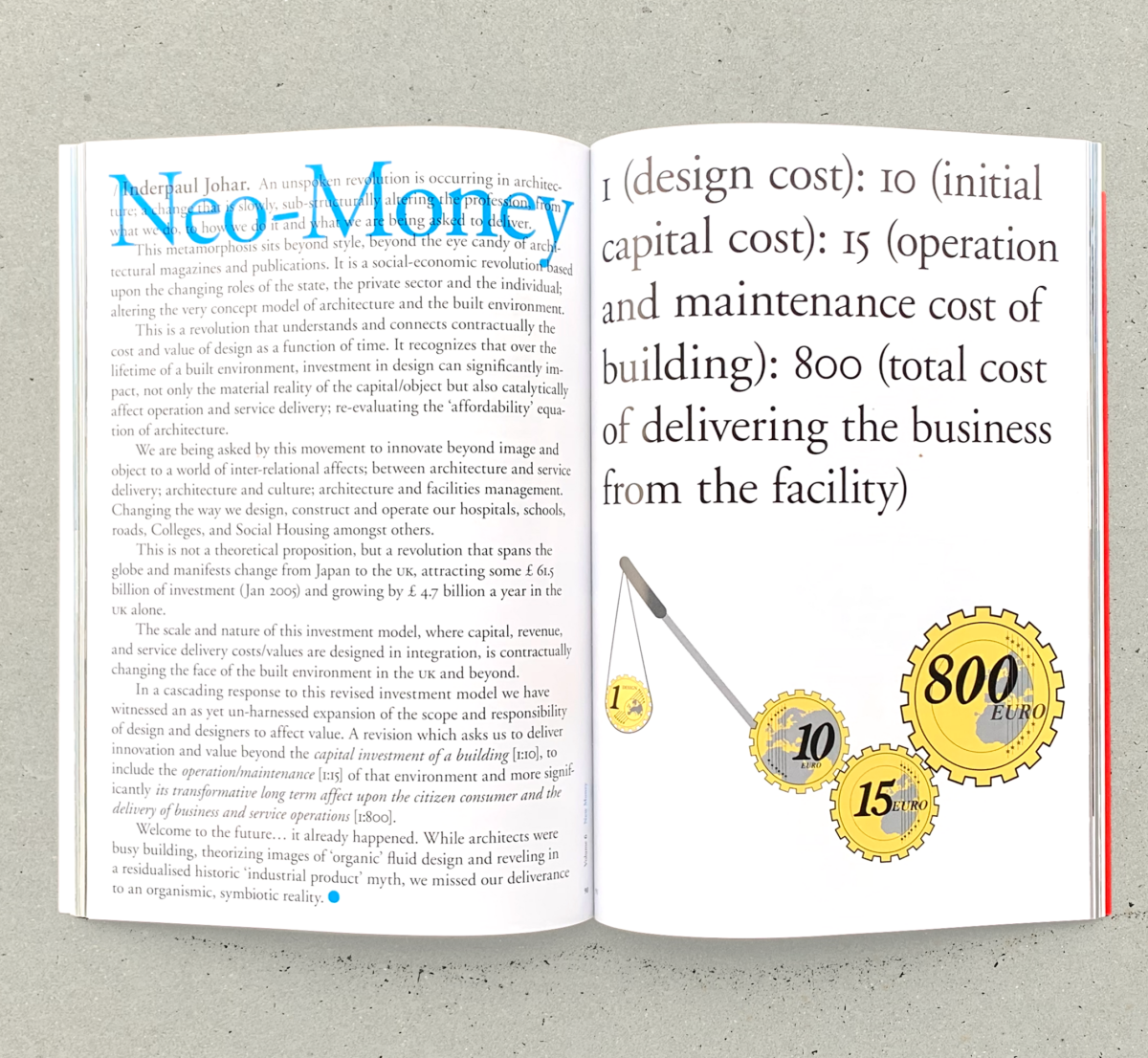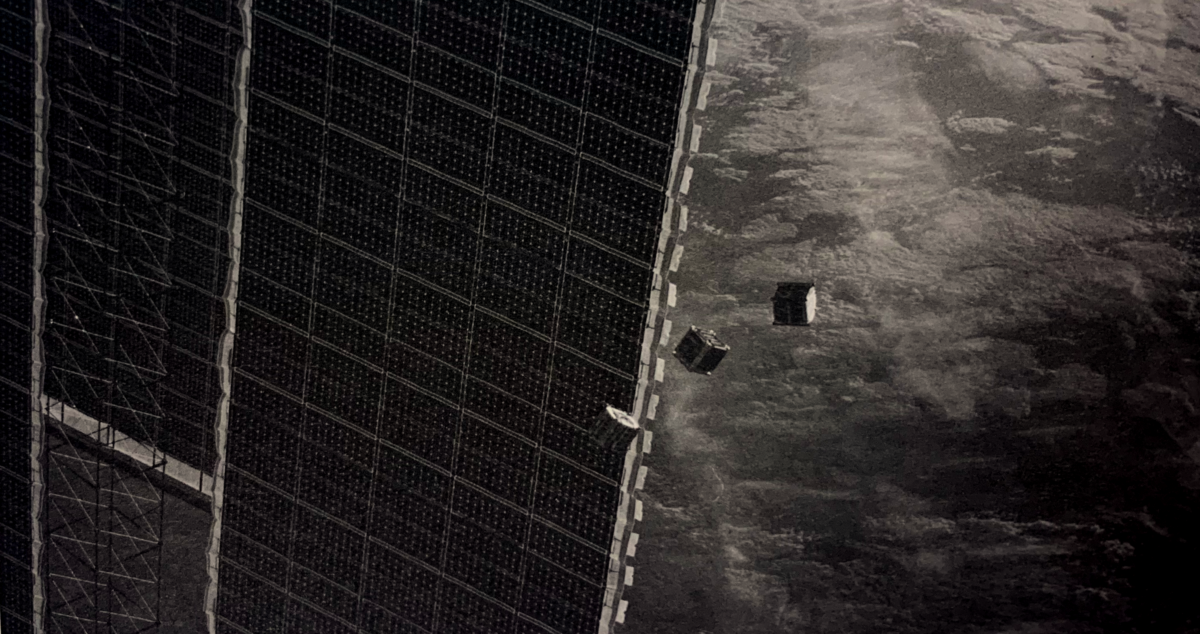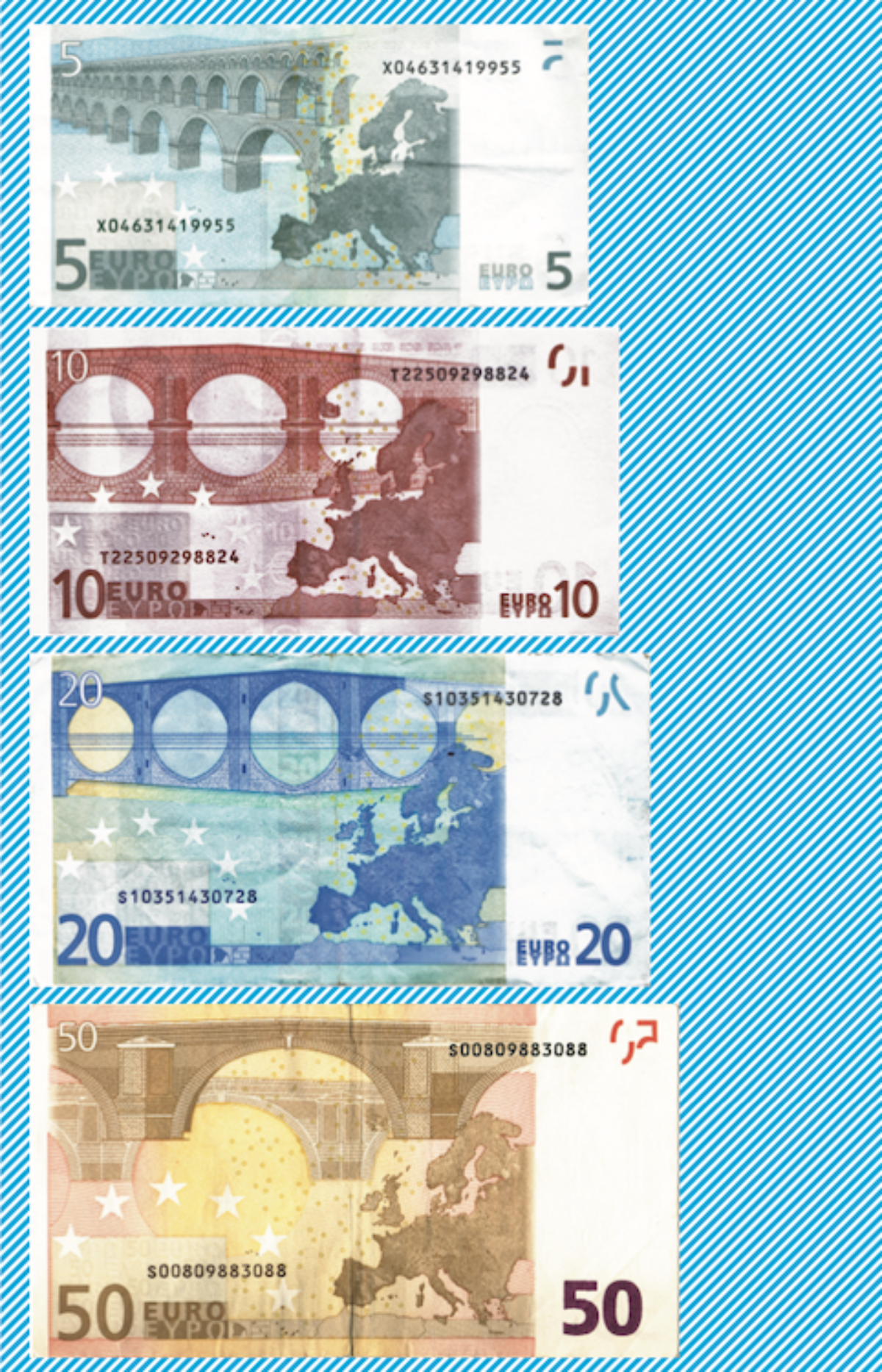The Biennale hasn’t always been the kind of neutral platform it purports to be today. In the 1970s, under the direction of Carlo Ripa di Meana, it broke off into a radically politicized agenda, explicitly addressing the nationhood and politics of three be-leaguered countries: Chile, Spain, and the former USSR. As Léa-Catherine Szacka and Luca Guido write, the exhibitions were transformed into a political device, a crucial apparatus for public confrontation.
